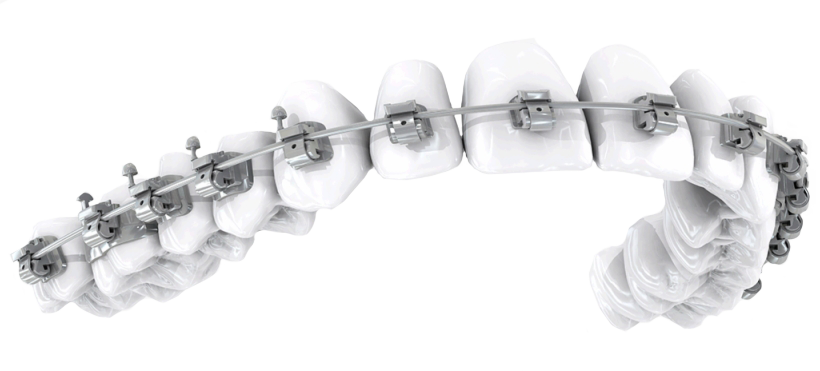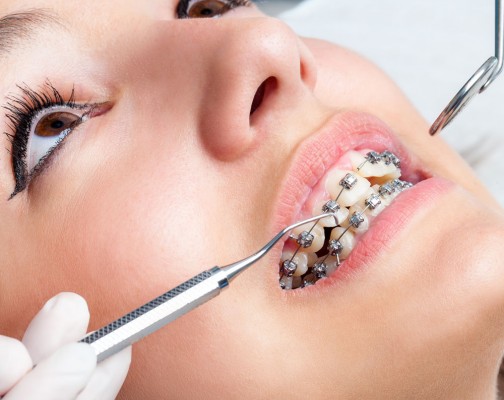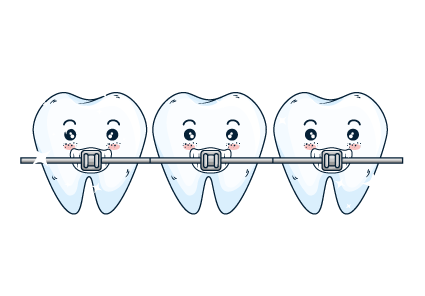orthodontics

Orthodontics
Orthodontists use fixed and removable dental devices, like braces, retainers, and bands, to change the position of teeth in the mouth. They treat dental abnormalities, including:
- Crooked teeth
- Bite problems, like an overbite or an underbite
- Crowded teeth, or teeth that are too far apart
- Jaw misalignment
The goal of orthodontic care is to improve a patient’s bite. Teeth that are straight and evenly spaced will align with opposing teeth in the jaw. A healthy bite ensures you can eat, chew, and speak properly. In the past, seeing an orthodontist was associated with children or teenagers who needed braces. However, orthodontists can correct dental problems at any age.
The only difference between them is the appearance because function and treatment time will be the same.
These appliances consist of transparent ceramic brackets and invisible wires the first moths, metal wires are used in the consecutive months. It provides an efficient orthodontic treatment in teenagers and adults if they want an invisible orthodontic appliance.


- Make biting, chewing, and speaking easier
- Improve facial symmetry and overall appearance
- Ease the pain from temporomandibular joint disorders (TMJ)
- Separate teeth and make them easier to clean, helping to prevent tooth decay, or cavities


